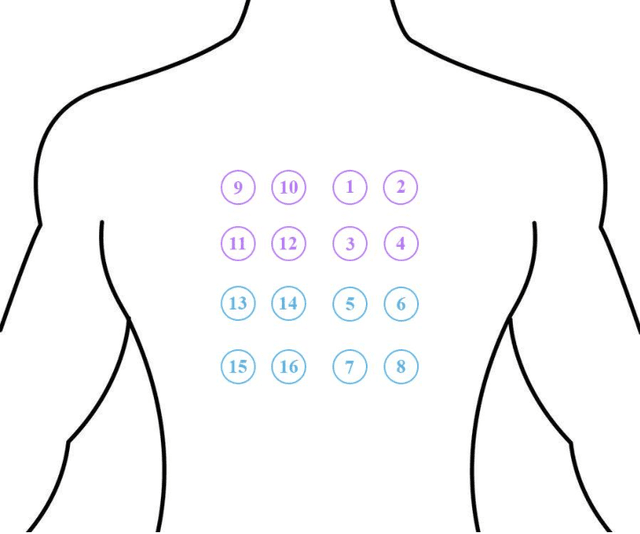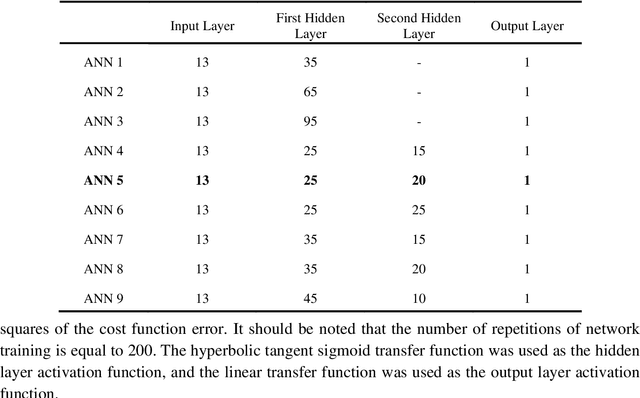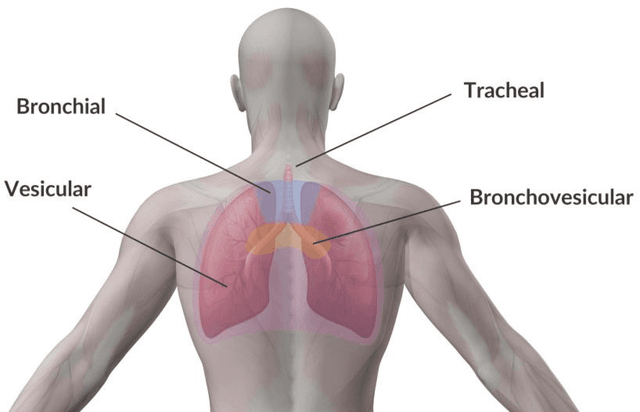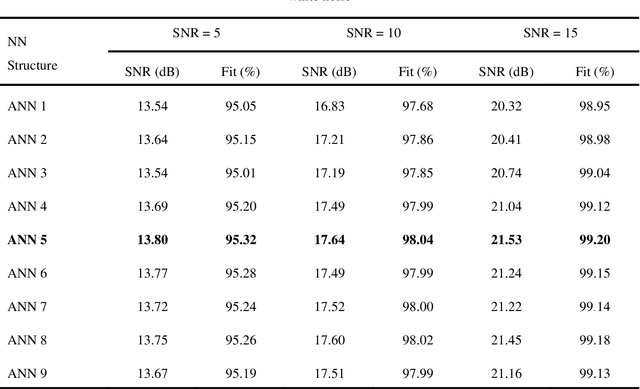A Combined Model for Noise Reduction of Lung Sound Signals Based on Empirical Mode Decomposition and Artificial Neural Network
Paper and Code
Sep 20, 2022



Computer analysis of Lung Sound (LS) signals has been proposed in recent years as a tool to analyze the lungs' status but there have always been main challenges, including the contamination of LS with environmental noises, which come from different sources of unlike intensities. One of the common methods in noise reduction of LS signals is based on thresholding on Discrete Wavelet Transform (DWT) coefficients or Empirical Mode Decomposition (EMD) of the signal, however, in these methods, it is necessary to calculate the SNR value to determine the appropriate threshold for noise removal. To solve this problem, a combined model based on EMD and Artificial Neural Network (ANN) trained with different SNRs (0, 5, 10, 15, and 20dB) is proposed in this research. The model can denoise white and pink noises in the range of -2 to 20dB without thresholding or even estimating SNR, and at the same time, keep the main content of the LS signal well. The proposed method is also compared with the EMD-custom method, and the results obtained from the SNR, and fit criteria indicate the absolute superiority of the proposed method. For example, at SNR = 0dB, the combined method can improve the SNR by 9.41 and 8.23dB for white and pink noises, respectively, while the corresponding values are respectively 5.89 and 4.31dB for the EMD-Custom method.
 Add to Chrome
Add to Chrome Add to Firefox
Add to Firefox Add to Edge
Add to Edge